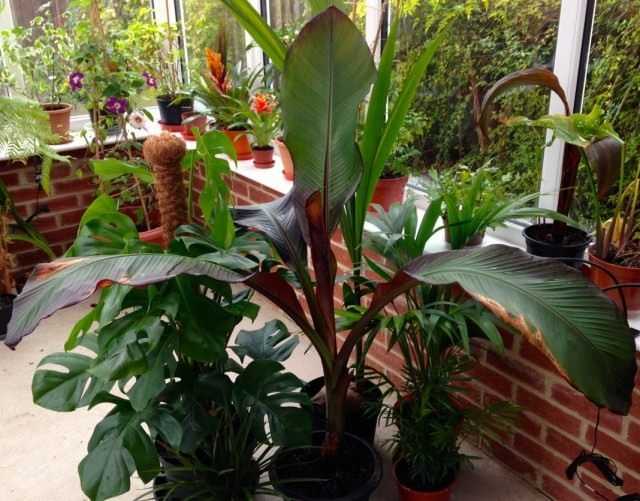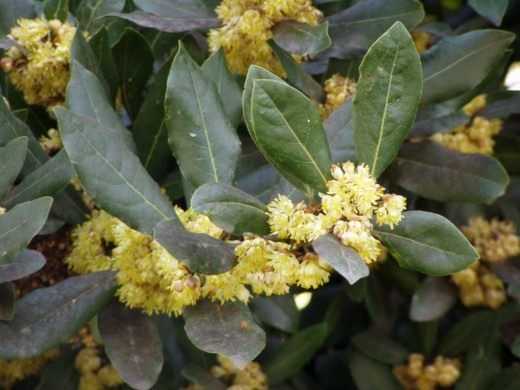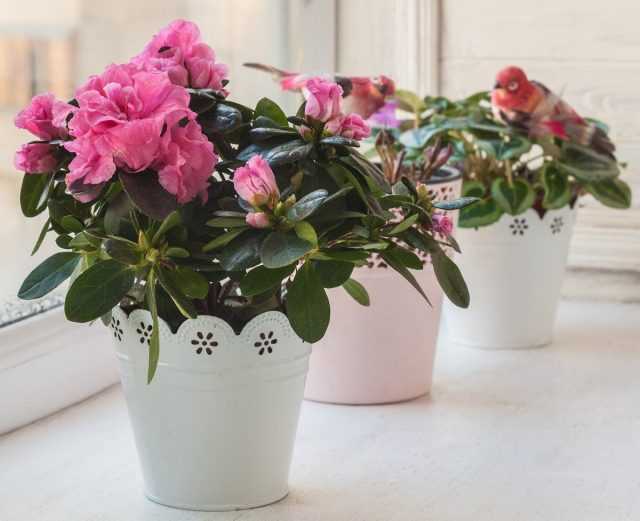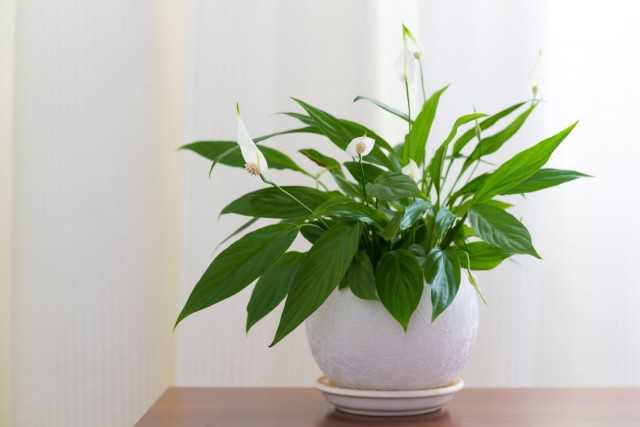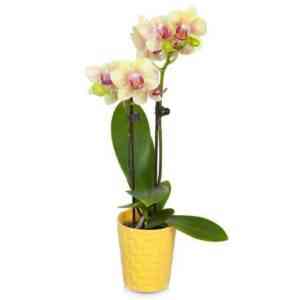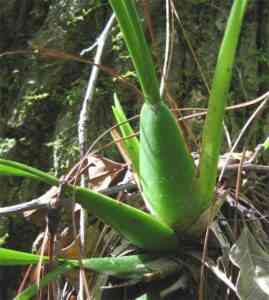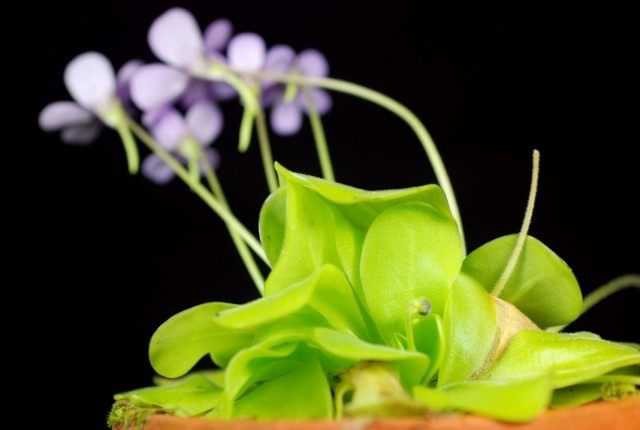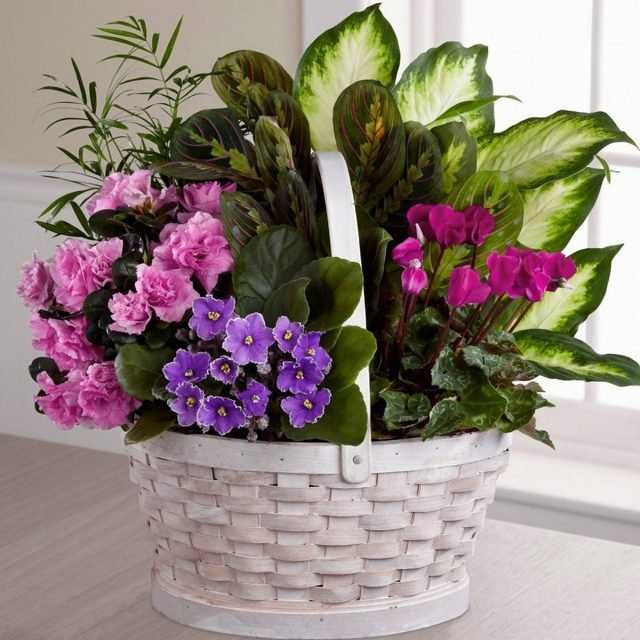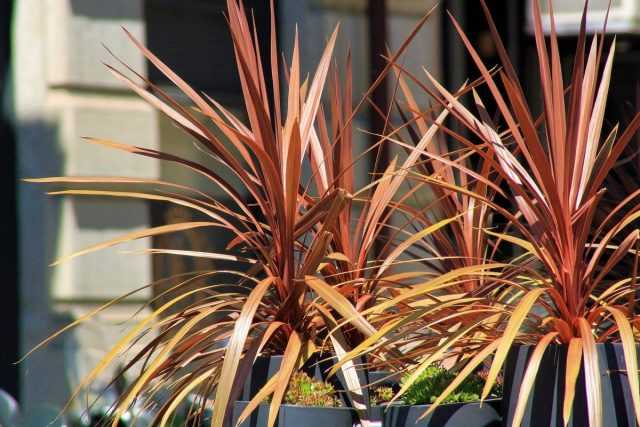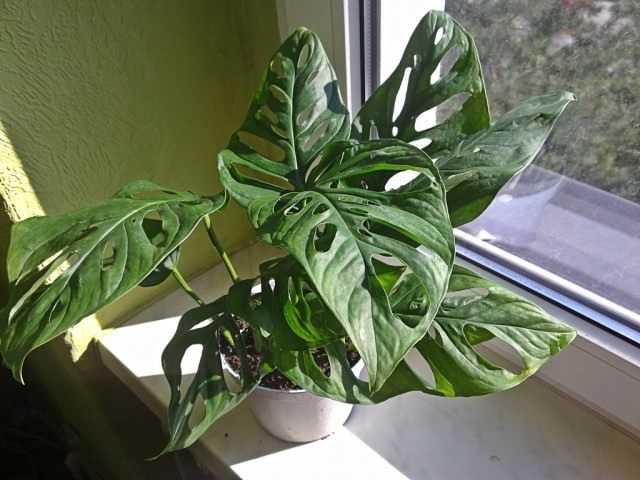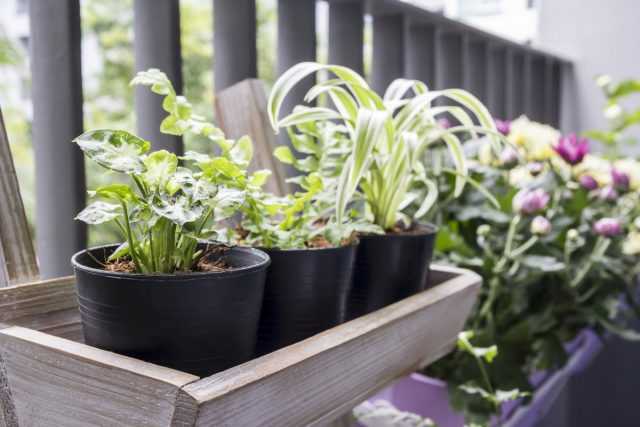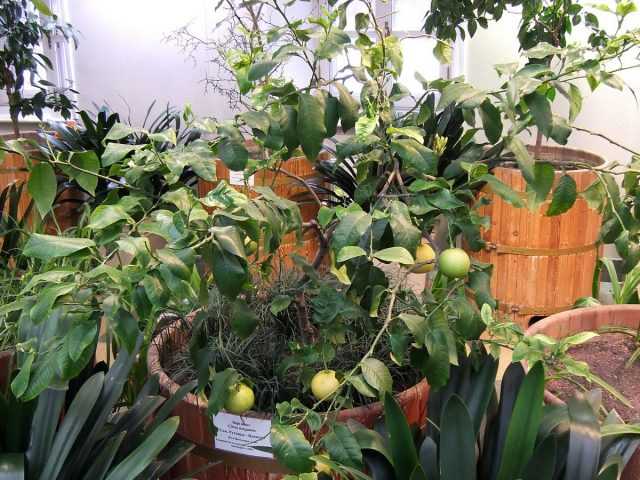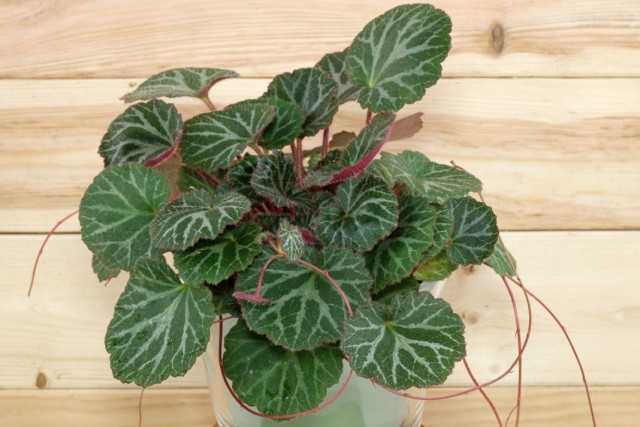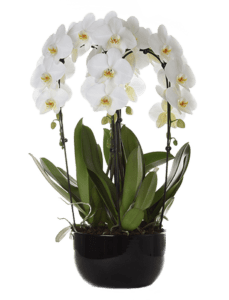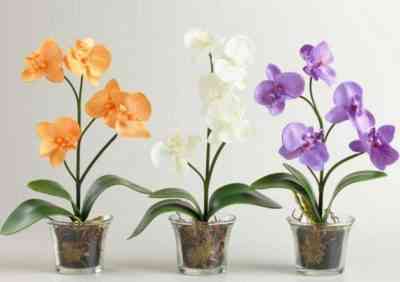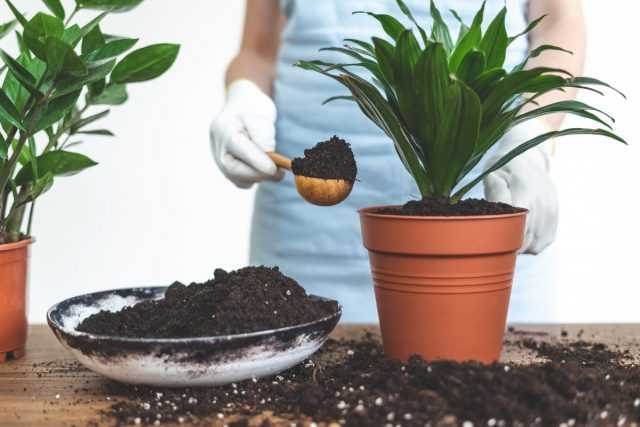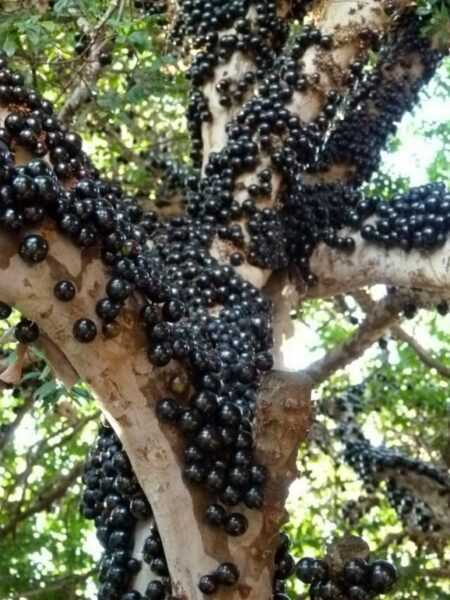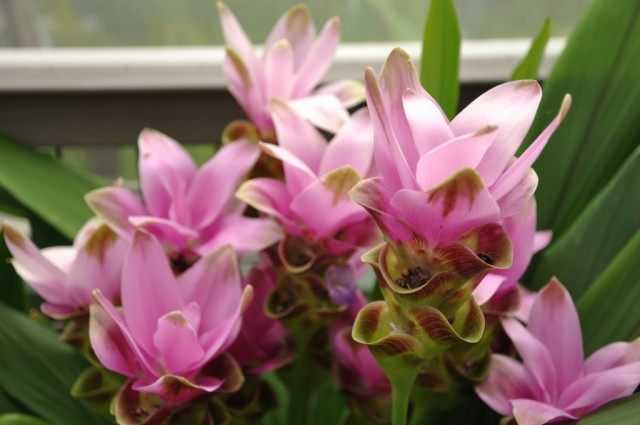Special flower display cases for capricious orchids create the ideal conditions for growing these tropical beauties. Orchidariums, first of all, provide high air humidity and careful control over it, but they also have other advantages. There is no better way to highlight the value of a plant and its special beauty than choosing the right and effective orchidarium. And there is no other option that allows you to introduce orchids even where there are no windows at all. Making it easy to care for and providing orchids with whatever they need, store-bought or homemade orchidariums are the dream of any fan of these plants.
Orchidarium. Farmer Burea-Uinsurance.com Mike Leone
Contents:
What is an Orchidarium?
Orchidarium is conventionally called any kind of flower display case or closed terrarium in which orchids are grown. Essentially, it is just a separate “home” for orchids. It can be a huge room with climate control or a small decorative vase with installed lighting and can be classified as florarium. Unlike orchidariums in botanical gardens, domesticated ones differ not only in compact size, but also in great variety.
Epiphytic orchids are grown in orchidariums. They are not necessarily placed on blocks, but this particular method is preferable even for those species that can grow in the substrate.
Orchidariums provide a unique opportunity to create a high humidity environment to reveal all the beauty and characteristics of plants. It is the ideal home for deciduous, moody, moisture-requiring orchid species that can be depressed under normal conditions.
Not only orchids are grown in orchidariums: the latter in the collection can be combined with other capricious exotics from among epiphytes, including various moisture-loving bromeliads. Where moisture accumulates, at the bottom of orchidariums, other plants can be planted directly into the soil, creating an excellent background for orchids – peperomia, ferns, and other stars of wet terrariums.
Orchidariums are divided into two types:
- Purchased or ready-made models of varying complexity and functionality.
- Handicraft or homemade orchidariums.

Industrial orchidariums
Ready-made orchidariums are chosen, first of all, for the price and their own preferences. Chrome or plastic, glass or transparent acrylic, full-fledged climate control or its simplest systems determine the cost of an orchidarium, as well as the possibilities that it opens up for growing rare species of orchids.
Conventionally, all ready-made models of the orchidarium are divided into ordinary и premium models.
Premium orchids
Premium orchidariums, or professional orchidariums – models that are equipped with a full-fledged climate control system that creates ideal conditions for growing orchids or those orchidariums that are created by specialized companies to order for the individual characteristics of the house and plants, mainly in order to create a special interior decoration and the pride of the collection.
They are chosen with an unlimited budget and opportunities, or if you want to really move to a new level in collecting rarer and more valuable orchids.
For elite and professional orchidariums, a large selection of sizes is characteristic, but, as a rule, even in the smallest orchidariums there are several levels of plant placement, at which the intensity of illumination differs. Such models are never designed for one plant: it is a “home” for entire collections, often heterogeneous in their requirements.
The climate control systems of premium orchidariums usually include the functions of controlling lighting, ventilation, control of irrigation, air humidity, spraying, temperature, bottom heating, sensors that allow you to check and set all the indicators necessary to create a strictly controlled atmosphere with the corresponding indicators.
Plants for professional orchidariums are selected so that they are content with the same temperature regime. The lighting can be changed by choosing the right location, but the temperature will be similar for all orchids placed in the orchidarium. Therefore, they are used for the collection of either heat-loving, or cold-loving, or “medium” orchids.
In premium models, you can grow any of the indoor orchids – both the rarest and quite typical for living quarters, but whimsical. On the upper levels, they enjoy an ideal humid environment and intense ambient lighting such as wandas, laelias and dendrobiums.
On the middle ones (in diffused soft lighting), Cattleya or oncidiums bloom magnificently, and on the lower shelves they perfectly reveal the ability to bloom for an amazingly long time Masdevallia, papiopedilums and phalaenopsis. In such orchidariums, you will not have to worry about flowering or decorative deciduous species.
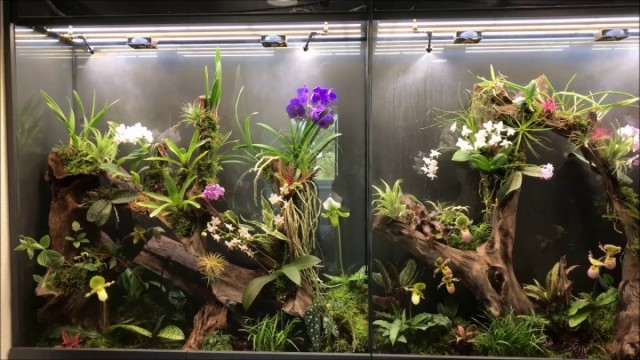
Conventional purchased orchidariums
These are models without complex automatic control systems. They are in fact a terrarium or flower display case with the usual rudimentary lighting and ventilation system, usually located at the top of the model. Today, more and more often, in addition to these two components, orchidariums and flower showcases are equipped with a thermometer and a hygrometer, which allows you to see the indicators of humidity and temperature and, accordingly, change them by correcting the ventilation schedule.
There is no talk of a general automatic control system, but the simplest devices simplify the task of creating ideal conditions for growing a collection of orchids. To create a comfortable environment, you need to monitor the plants and resort to a little trick.
In the simplest models, the temperature is lowered by ventilating or installing them in rooms with reduced rates, air humidity is controlled by ventilation, opening the doors or “roof”, installing pallets and water-soaked sponges and oases.
More economical options are models for small collections. In simple models of orchidariums, plants are usually grown that are similar to each other not only in terms of temperature requirements, but also to lighting. It is impossible to place a scattered collection in them, because there are no several levels of plant placement in them. There, for example, oncidiums with Cattleya can be placed together, but not oncidiums with Vandas and Phalaenopsis.

DIY orchidariums
Home orchidariums are always the most economical options, but they are far from being the most modest in every case. They are made from available materials by those who like to tinker and experiment. It is better to independently build an orchidarium for those flower growers who have previously dealt with aquariums or terrariums (at least with backlit florariums), have at least minimal experience in organizing additional lighting and a stably moist environment for growing capricious plants.
It is better for beginners to experiment with florariums first, and only then test themselves with much more valuable orchids grown in special “indoor houses”.
Home orchidariums are options for homemade flower display cases and florariums. They can be either large, designed for a collection, or created for a single orchid.
Most often, orchidariums are created on the basis of an aquarium, choosing the size, shape, model, style to your taste and for your interior. For orchidariums, both frame and glued aquariums with one removable side wall and glass thickness from 6 to 8 mm are suitable.
If the model of the aquarium is open, then the removable wall is replaced with a “cover” made of plastic, acrylic, plexiglass (high wear resistance and transparency are important). You can also use large glass vases of the original shape to create an orchidarium, especially if they plan to place only a few miniature orchids in it.
Planning is a key success factor in creating home orchidariums. Disappointment and loss of plants can be avoided if you think in advance not only those additional elements that will be used in the creation of the orchidarium, but also the entire functional component.
The type and intensity of lighting, the method of mounting sensors or systems, the laying of communications, holes or gaps for ventilation, a net or frame for attaching plants – all this must be “calculated” in advance. Having carefully drawn a plan and having studied the features of the life support systems of plants, one should not forget about protection from moisture, safety measures when working with electrical appliances and wiring, and additional decor.
There are several required elements in home orchidariums:
- Lighting system – special phyto-lamps, lamps for supplementary lighting of plants or, in extreme cases, fluorescent lamps (usually standard 36 W lamps are used), which create a full spectrum of illumination for plants. Additional lighting is necessary for any orchidarium located not on the south window. For orchids, the lighting system is thought out so that the plants receive light in an amount of about 20000 lux for light-loving species.
- Ventilation system – openings that allow plants to breathe and provide a stable flow of fresh air or specially installed fans that provide constant air renewal (they use special ventilation systems for plants and ordinary computer fans).
- Communications – holes and channels for electrical wires and other functional elements.
- Protective elements and fasteners – special “thresholds”, supports, coverings that hold the decor and plants in place of attachment, which make it possible to make the composition inside the orchidarium stable and preserve the isolation of the orchidarium itself.
- Decorative or interior elements – additional decor and accessories that will turn the orchidarium into a work of floristic art.
Automatic irrigation system or self-spraying it is rarely installed in homemade orchidariums, but it simplifies maintenance as much as possible and is the most expensive element.
Caring for plants in a makeshift orchidarium requires much more effort. Plants on blocks are watered and sprayed daily, in winter – every 2-3 days, but in pots – with a frequency of about 1 time in 2 weeks. Orchids are planted according to standard techniques using well-adapted and quarantined plants.
In caring for plants, all recommendations for the cultivation of specific plant species are followed. Humidity should remain within the range of values that are comfortable for the plant, without excessive stagnation of air and dampness, but also without excessive dryness.
Regular ventilation is carried out depending on the presence of ventilation holes. Every year, all elements of the orchidarium are treated against mold, bacteria and contamination with solutions of special fungicides.

Orchidarium interior
The interior of the orchidarium is usually called the interior. These are such special objects that in their design, as a rule, they do not skimp on trifles and create highly decorative compositions that imitate natural conditions, looking like a jungle or corners of wildlife in a showcase. Imitation rainforest is a classic. For the Orchidarium, you can fantasize and experiment with style endlessly.
If orchidariums imitate the jungle, they usually introduce driftwood, twigs, fragments of bark and other “blocks” that mimic the usual for epiphytic orchids from among specially processed and intended for growing epiphytic plants variants – from artificial imitations to natural models requiring regular replacement.
At the bottom of any orchidariums, an imitation of soil or leaf litter is placed – they create a base of expanded clay or stone chips, covered with a layer of sphagnum, which not only plays the role of a decorative background, but also creates an optimal environment for water accumulation and maintaining moisture. Plants are placed on stands or driftwood so that they do not touch the bottom.
Other options for arranging orchidariums may even include the absence of additional decor using special containers or pots. Plants can be planted on blocks or placed in a substrate – it all depends on what effect you want to produce and what style you have chosen.
Orchidariums can be strict, with plants placed in a certain order on a “clean” background, creating the illusion of continuous landscaping, similar to a normal collection of plants or imitating fragments of landscapes. In addition to additional plants, accessories and decor can be used to create an atmosphere.
